
With its blend of roguelike elements, sidescrolling platforming, and beat ’em up action, Mishura Games’ upcoming Immortal: And the Death that Follows is certainly looking like it’s set to offer something unique, while what the developer has shown of the game and its gorgeous aesthetic so far has certainly looked promising as well. Of course, there’s still much that we don’t know about the game, so to remedy that, we recently reached out to its developer with several of our questions. Below, you can read our conversation with developer Aleksei Nehoroshkin.
"Just like in Hades and Dead Cells there’s a lot to configure in how you fight, what synergies you can create etc. One of the brightest examples is Fudo’s weapon – the Vajra, which functions like a swiss-lightsaber able to summon a variety of weapons."
You’ve described the game as “equal parts Mario and Mortal Kombat“, which is a particularly eye-catching description. Can you elaborate on how exactly that manifests in Immortal?
This is a pretty reductive but fun description for publishers to immediately understand that while it has violent melee combat it’s still also a platformer with clear rules and mechanics. Both fighting game rules and more conventional 2d action rules.
Enemies evolving and level up with players is an interesting mechanic, but how exactly does it function in the game? Is it similar to level scaling, or is there more to it than that?
No, it’s not level scaling, think more of the Nemesis system from Shadow of Mordor but with very different rulesets and also enemies are not randomly generated but are set characters.
Immortal allows players to experiment with new movesets each time they play. Can you talk more about how this works, and what kind of variety it enables in the gameplay?
Just like in Hades and Dead Cells there’s a lot to configure in how you fight, what synergies you can create etc. One of the brightest examples is Fudo’s weapon – the Vajra, which functions like a swiss-lightsaber able to summon a variety of weapons.
"Before early access we focus on gameplay only, but there’s a lot of lore and stories written for the characters. But the goal is to make a fun game first and add the deeper story later, after all the gameplay dialogues and quests are done."
How much does the game emphasize story and storytelling?
Before early access we focus on gameplay only, but there’s a lot of lore and stories written for the characters. But the goal is to make a fun game first and add the deeper story later, after all the gameplay dialogues and quests are done.
Do you have any plans to add any multiplayer modes to the game?
Something we considered but is way too ambitious at this stage to promise.
Immortal’s got quite a striking visual aesthetic. What was the process like of settling on this look for the game?
Lots of handwork. Animations are handkeyed, textures are hand draw, VFX are all 2d drawings etc.
Roughly how long will an average playthrough of Immortal: And the Death that Follows be?
It’s hard to say. In the same vein as Hades, Dead Cells or Darkest Dungeon – everyone’s playtime will be different.








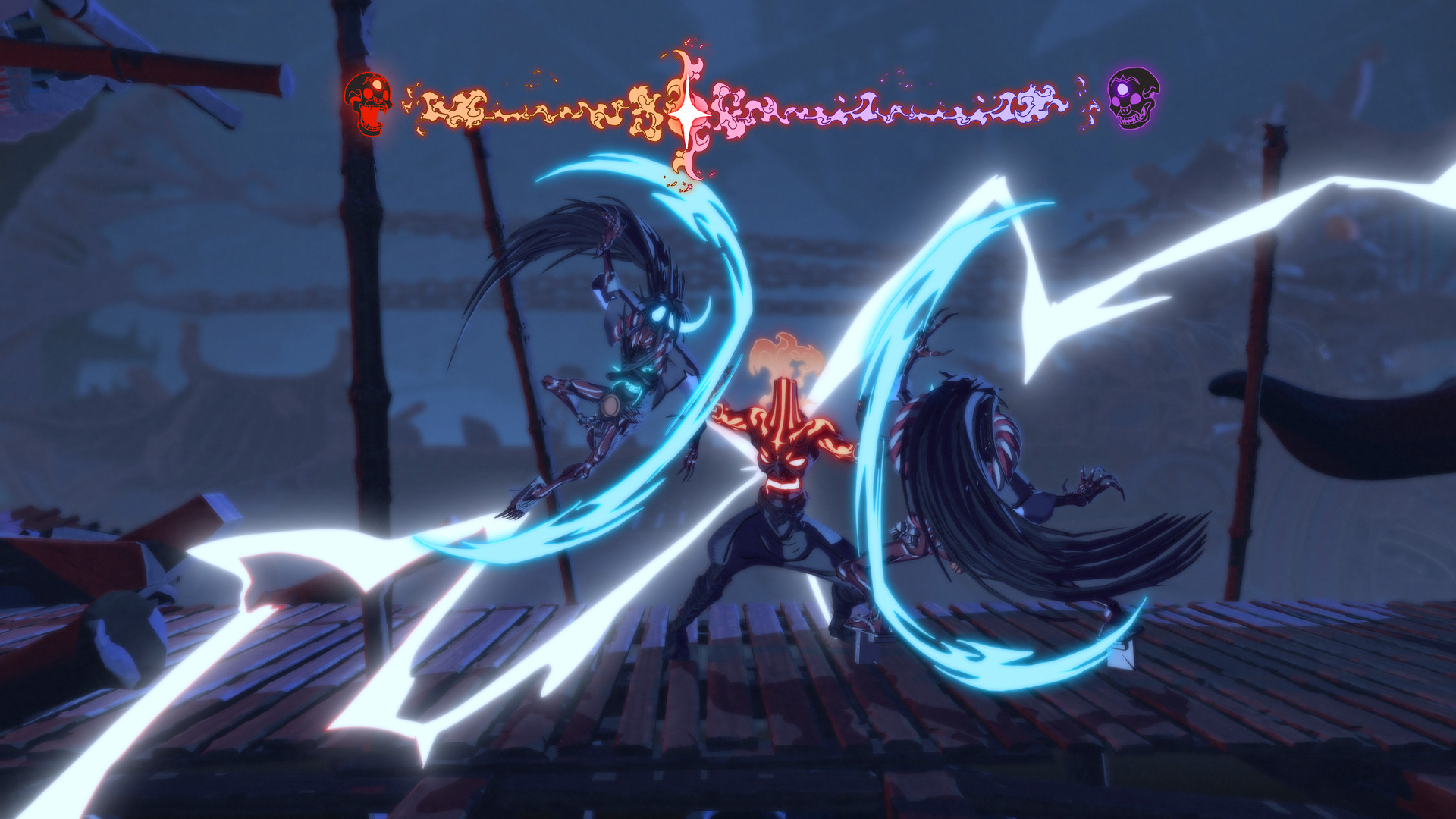
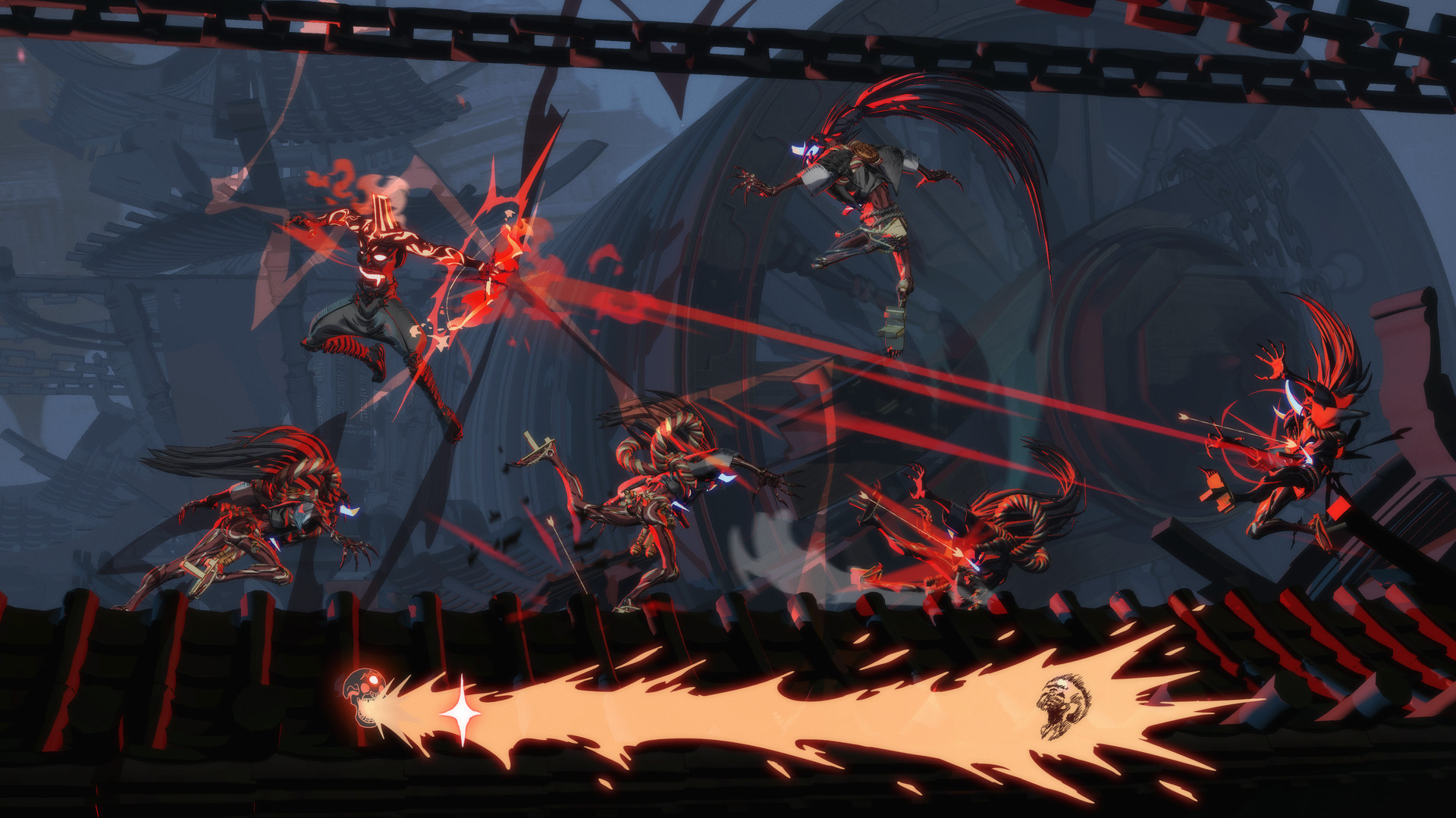
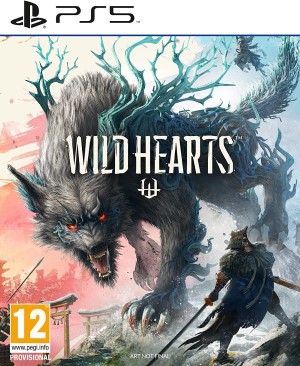



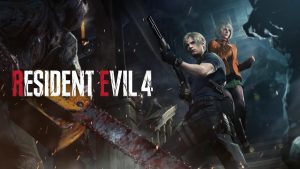
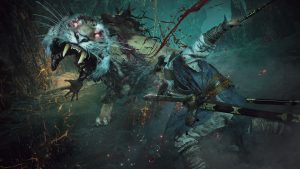


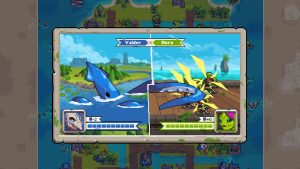
Share Your Thoughts Below (Always follow our comments policy!)